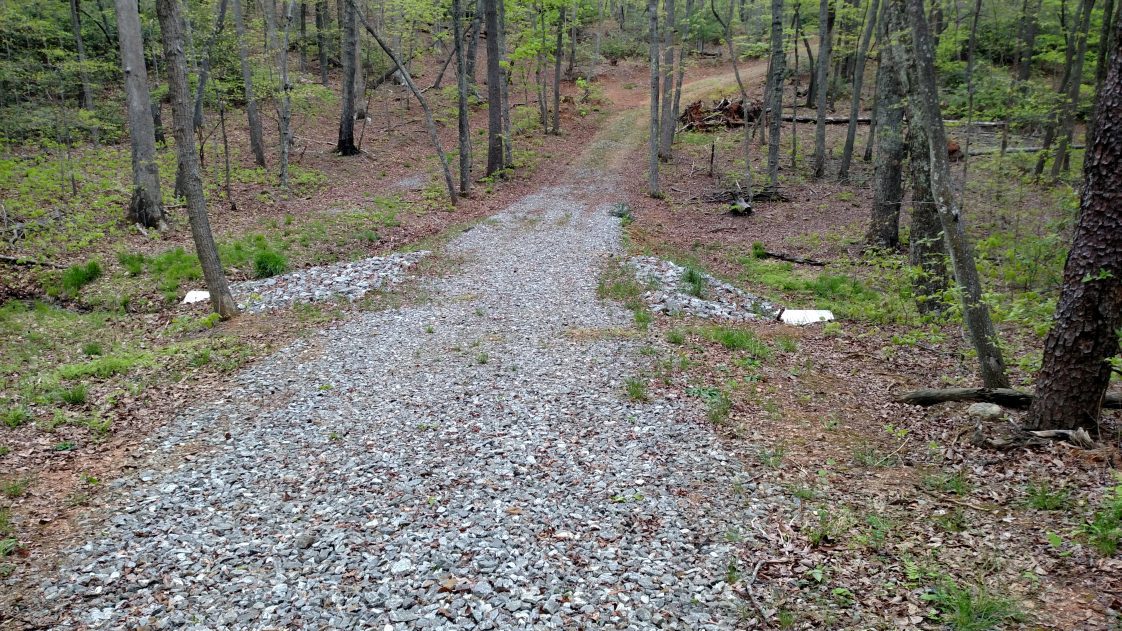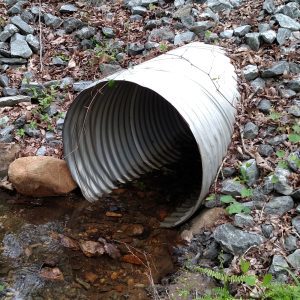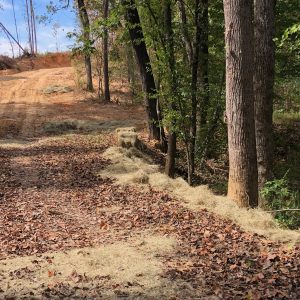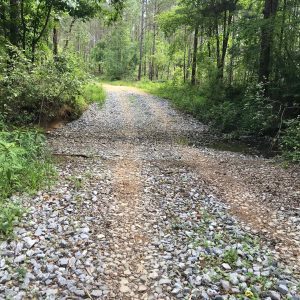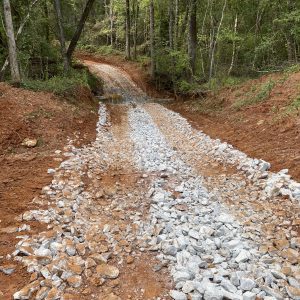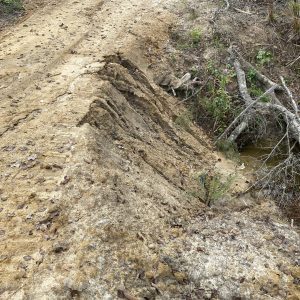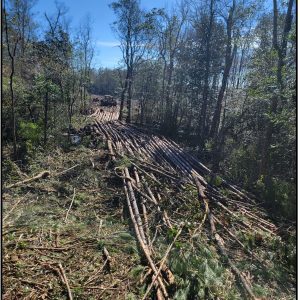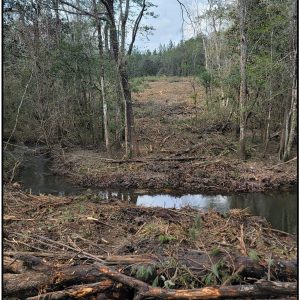Forestry

Following forestry best management practices in timber harvesting helps prevent or reduce nonpoint source pollution. They are important in avoiding sediment problems at stream crossings.
Forestry best management practice (BMP) guidelines prevent or reduce nonpoint source pollution to a level compatible with water quality goals. Sediment causes the most concern in timber harvesting. Rainfall on bare soil leads to soil erosion, and when soil reaches a waterway, it becomes sedimentation. Stream crossings are a direct link for sedimentation if BMPs are not properly implemented. Loggers use stream crossings to access timber on the other side of a stream that may not be accessible otherwise due to constraints such as property lines, terrain, road access, etc. Forest road stream crossings must support the weight of loaded log trucks, while skid trail stream crossings are often of lower structural quality and serve the temporary need for dragging (skidding) trees from the other side of the stream to the log landing or deck. Skid trail crossings are temporary crossings that need to be removed and close-out BMPs implemented once the timber harvest is completed. Close-out BMPs help reduce or prevent sedimentation issues. BMP recommendations (guidelines) exist for different road and skid trail crossing methods. Stream crossing selection, location, and application of BMPs before, during, and after timber harvesting activities are critical to water quality protection.
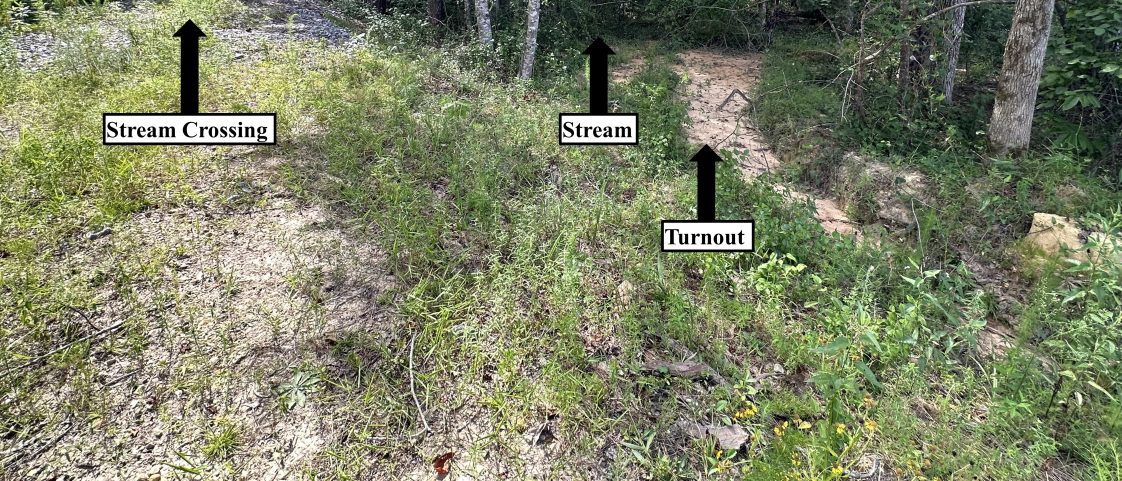
Figure 1. Water diversion device (turnout). Incorrect: diverting runoff directly into the stream management zone and stream from the forest road.
General Stream Crossing BMPs
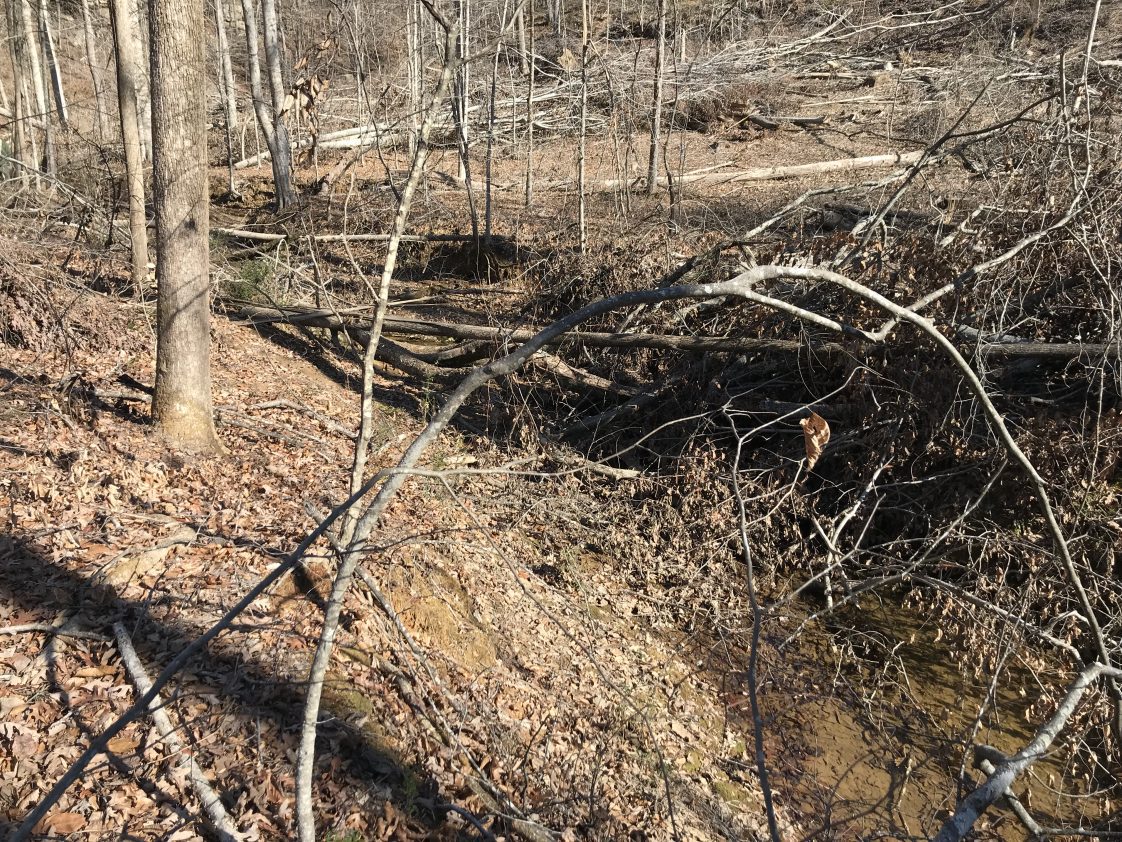
Figure 2. Logging debris (treetop) in the stream. Incorrect: need to remove all logging debris that fall into streams from the timber harvest operation.
- When a stream crossing is unavoidable, minimize the number of crossings on a harvest site (i.e., not more than one crossing every quarter mile).
- Minimize soil disturbance during installation.
- Locate the crossing on a straight segment of the stream and in an area where the least soil disturbance will occur.
- Do not interrupt water flow to the extent that aquatic organisms and fish cannot pass.
- Install water diversion devices on the road and skid trail stream crossing approaches to divert runoff into the forest or harvest area away from the stream. Do not divert runoff toward the stream and streamside management zone (SMZ) (figure 1).
- Stabilize stream banks and fill materials.
- Stabilize stream crossing approaches during and after the harvest is completed.
- Remove temporary crossings.
- Do not use logging debris (i.e., treetops, branches, etc.) to cross streams (figure 13).
- Remove logging debris that fall into streams (figure 2).
Permanent Stream Crossings
1. Culvert
Culverts (pipes) are the most common forest road stream crossing method. Culverts can be used in both perennial and intermittent streams. Selecting the correct culvert diameter will lessen the maintenance and frequency of failure. An undersized culvert is more likely to be washed out after a heavy rainfall event. This will not only cause water quality issues (sedimentation) from the fill materials but will also be costly to replace. Recommended culvert diameters can be found in “Alabama’s Best Management Practices for Forestry” on the Alabama Forestry Commission website at www.forestry.alabama.gov or “Timber Harvesting Guidelines for Forestry Best Management Practices” on the Alabama Extension website at www.aces.edu. Do not use a pipe smaller than 12 inches in diameter. It is recommended in the BMP manual to use one large pipe rather than several small pipes. Culverts need to be maintained regularly, especially after heavy rainfall events, as debris may block the culvert inlet (figure 3). Blockages can lead to water overtopping the culvert and eroding the fill material.
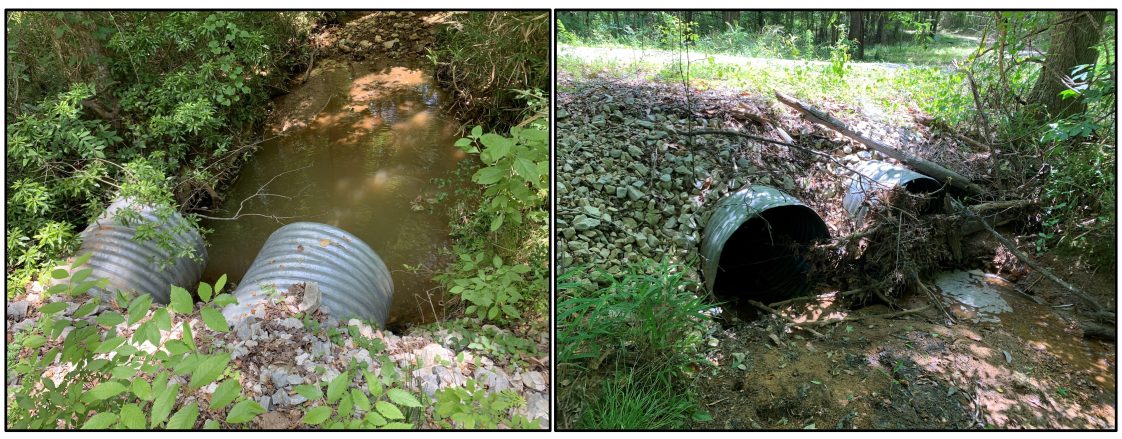
Figure 3. Permanent forest road culvert. Incorrect: Outflow side (left) is not on the stream channel bottom that is not allowing passage of fish and aquatic organisms and is also creating a plunge pool. The inflow side (right) needs to be cleared of debris to reduce the chance of stormwater overtopping the culvert and potentially eroding the fill and roadway.
Culvert Installation BMPs
- Install on the stream bottom, but DO NOT dig into the stream channel (figures 3 and 4).
- Install on a 2 to 3 percent pitch downward.
- Extend the pipe at least 1 foot beyond the fill on both ends.
- Minimum 12 inches of fill or one-half the culvert’s diameter for pipes over 24 inches.
- Compact the lower half of fill during installation.
- Stabilize fill materials with rip-rap, hay bales, seed and straw, gabions, etc. (figures 4 and 5).
- Install water diversion devices and rock stream approaches where needed (figure 6 and 7).
- Check culvert stabilization and fix any issues during and immediately following a timber harvest operation.
-
Figure 4. Permanent forest road culvert. Correct: Installed at gradient
level for fish and aquatic organism passage and utilizing rip-rap (large rock) to stabilize the fill material.
-
Figure 5. Permanent forest road culvert. Correct: Use of hay
or straw on fill slopes and critical areas.
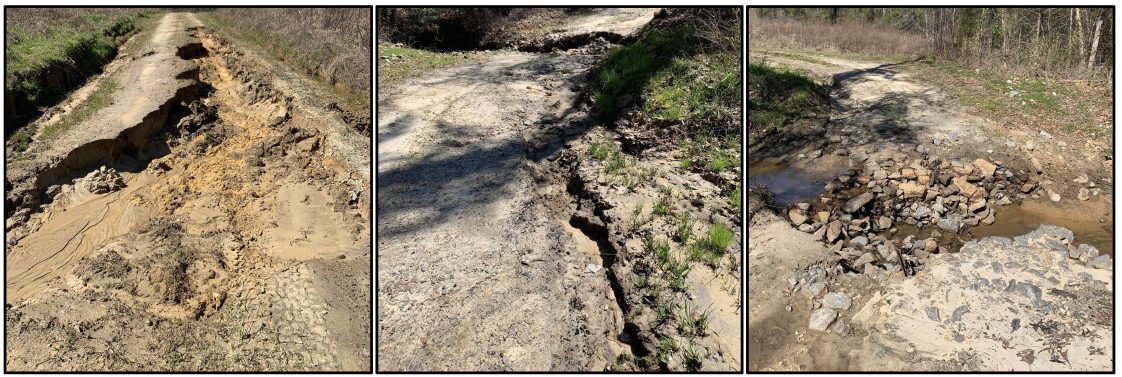
Figure 6. Permanent forest road culvert. Incorrect: Severe erosion on forest road stream crossing approach with erosion leading directly into the stream. This resulted in three issues: (1) water quality degradation from sedimentation, (2) washed out culvert, and (3) the need for significant road and culvert repair. No water diversion device or rock was applied on the stream crossing approach.
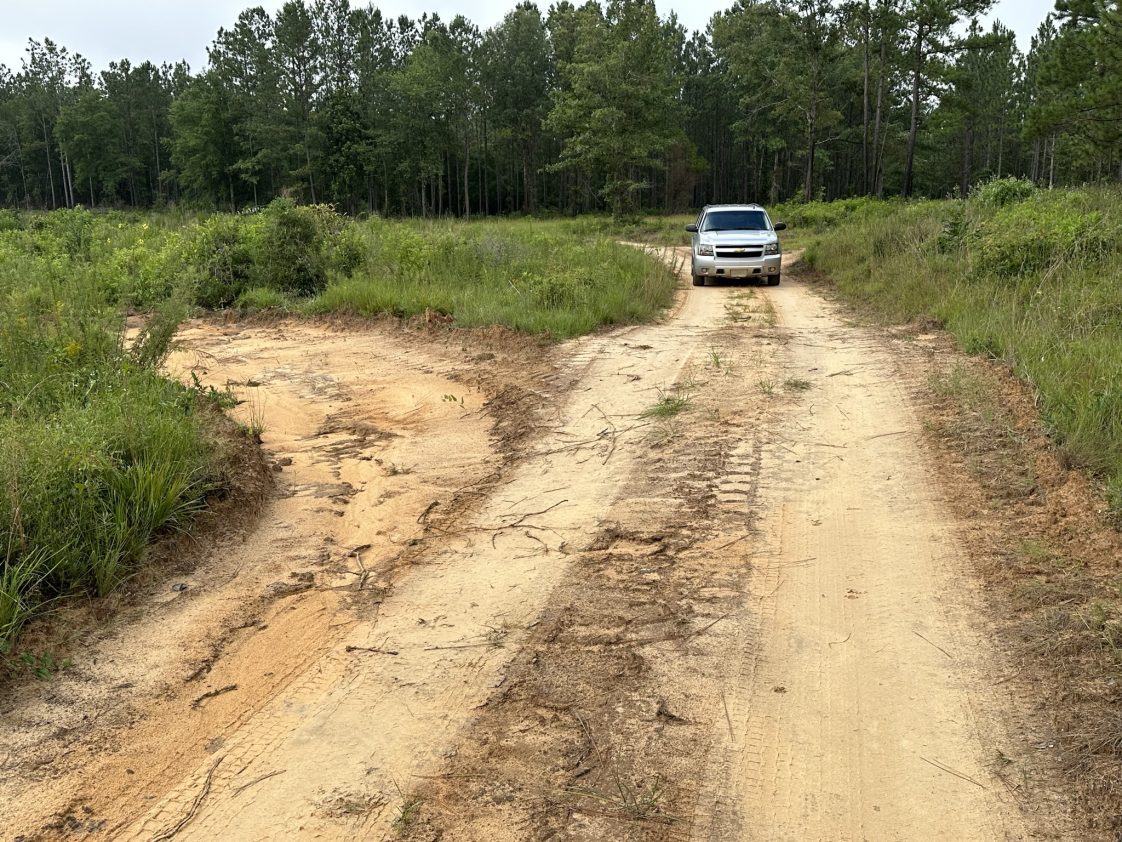
Figure 7. Water diversion device. Correct: Waterbar and turnout installed on a forest road.
2. Ford
Low water crossings (fords) are used for log trucks to cross shallow streams with firm stream beds. Stream banks should be low and bladed away from the stream. Rock is recommended to stabilize the approaches and stream channel (figures 8 and 9). If the stream channel is soft, Geoweb with rock can help harden the stream channel and reduce the need to replace rock. Fords should not be used on skid trail stream crossings as the logs are partially skidded on the ground and would disrupt the stream crossing approach and channel, causing sedimentation issues.
-
Figure 8. Ford stream crossing. Correct: Use of rock on stream
crossing approaches and stream bottom.
- Figure 9. Ford stream crossing. Correct: Use of large rock on forest road and stream crossing during wet-weather harvesting. However, it would be recommended to stabilize the roadsides with straw, hay, or additional rock.
3. Bridge
The best option for limiting sedimentation, disrupting a stream channel, and not impacting water flow is a bridge. However, bridges are the most expensive stream crossing method and must support the anticipated load. It is best to consult an engineer for designing a permanent forest road bridge. BMPs should be applied when needed on the stream crossing approaches and stream banks (figure 10).

Figure 10. Forest road bridge stream crossing. Correct: Rock on the approaches, gabions, and vegetation protecting the stream banks.
Temporary Stream Crossings
1. Temporary Culvert
Temporary culverts are a common method used to cross streams on skid trails. Installation methods are the same as forest road culverts, with the only difference being that the culvert is removed when the timber harvest is completed. Removing all the fill material and stabilizing the stream banks and approaches are critical to stopping erosion and sediment from reaching the waterway (figure 11).
Temporary Culvert BMPs
- Installation is the same as permanent culverts.
- Remove the crossing when the operation is completed, including all fill materials.
- After removal, stabilize the crossing approaches and stream banks and install water diversion devices on the skid trail stream crossing approaches (i.e., water bars and turnouts; seed, straw, or hay bales).
- Figure 11. Temporary culvert stream crossing. Incorrect: Culvert diameter is too small for the width and depth of the stream and is not extending out long enough on both sides. The fill material is too steep and unstable, leading to sedimentation issues.
- Figure 12. Skid trail log crossing. Correct: Skidder was able to move wood across the stream with no erosion issues. (Photo credit: Jason Harrell, PLM Logger).
- Figure 13. After use, the crossing was removed and the banks were stabilized. (Photo credit: Jason Harrell, PLM Logger).
2. Log Crossing
Log crossings can be an inexpensive method to cross a stream (figures 12 and 13). This type of crossing allows for the passage of water below and between logs. Timber from the harvest site is laid across the stream for the skidder to drive over. Whole logs that are topped and delimbed should be used. It is important not to use treetops, limbs, brush, or dirt as crossing materials (figure 14). Portable log mats or secure decking can be used to improve the log crossing. Logs must be removed when the harvest is completed and critical areas (i.e., stream banks and approaches) should be stabilized during harvesting and immediately following removal of the crossing.

Figure 14. Logging slash and debris used for a skidder stream crossing. Incorrect: Never use logging debris and slash to cross a stream.
3. Portable Bridge
Similar to permanent bridges, portable bridges lower the impact on water flow and quality as there is very little impact to the stream during installation and removal. Portable bridges can be made of wood or steel panels (figure 15). These bridges can be costly but worth the price because they are reusable and have fewer environmental concerns compared with installing and removing temporary culverts. These types of crossings are typical for skid trail stream crossings but can also be used on forest roads for log trucks as long as they meet the weight requirements of a loaded log truck. Similar to all the other methods, critical areas need to be stabilized where needed.

Figure 15. Portable bridge stream crossings: (A) wood panel, (B) steel panel, (C), steel bridge. Correct: – All good crossing methods.(Photo credit for A and B: North Carolina Forest Service)
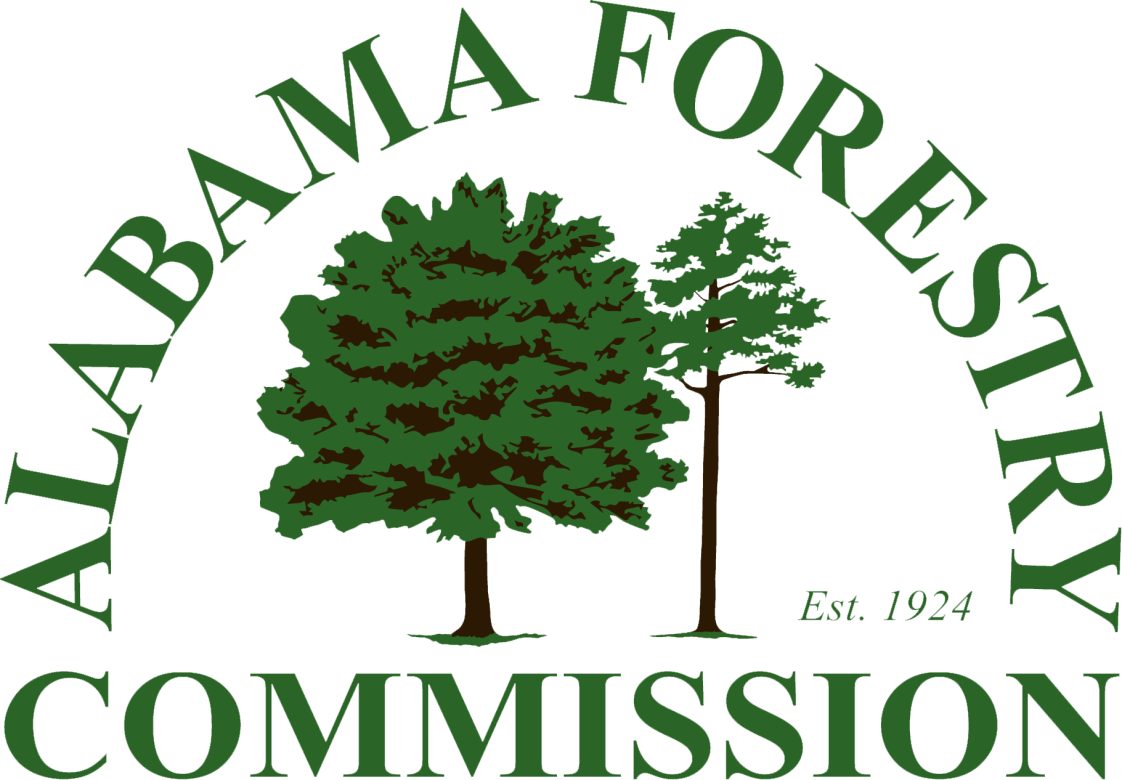
 Richard Cristan, Extension Specialist, Assistant Professor, Forestry, Wildlife, and Natural Resources, Auburn University; and Carey Potter, BMP Coordinator, Alabama Forestry Commission
Richard Cristan, Extension Specialist, Assistant Professor, Forestry, Wildlife, and Natural Resources, Auburn University; and Carey Potter, BMP Coordinator, Alabama Forestry Commission
New November 2023, Forestry Best Management Practices: Stream Crossings, FOR-2147

